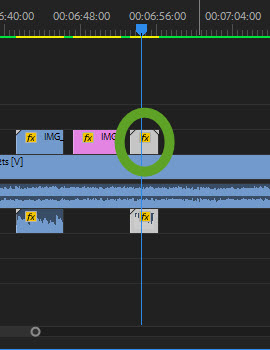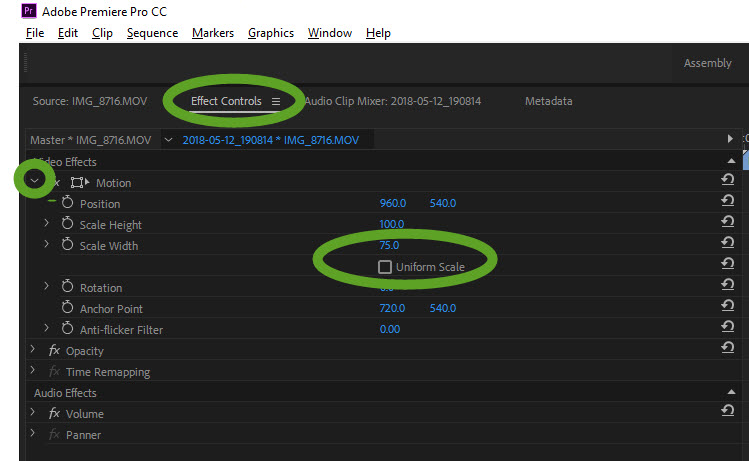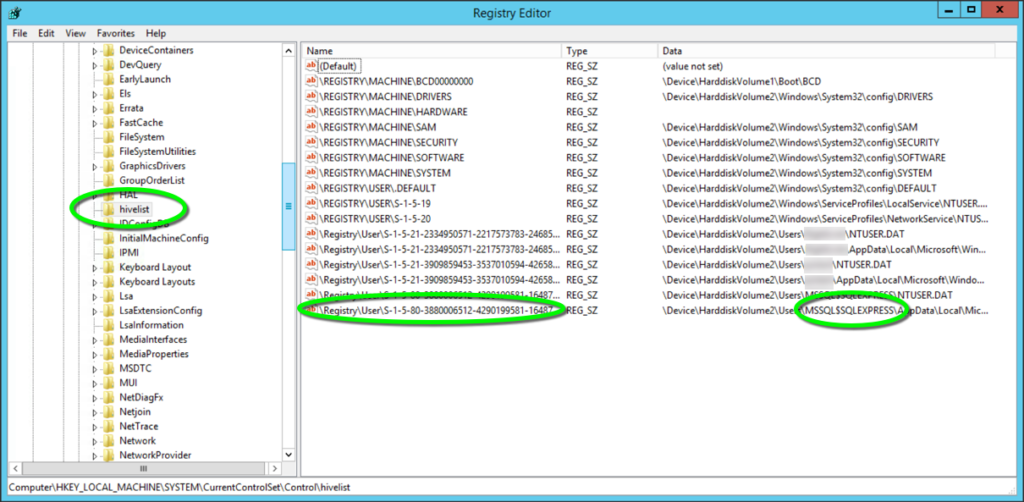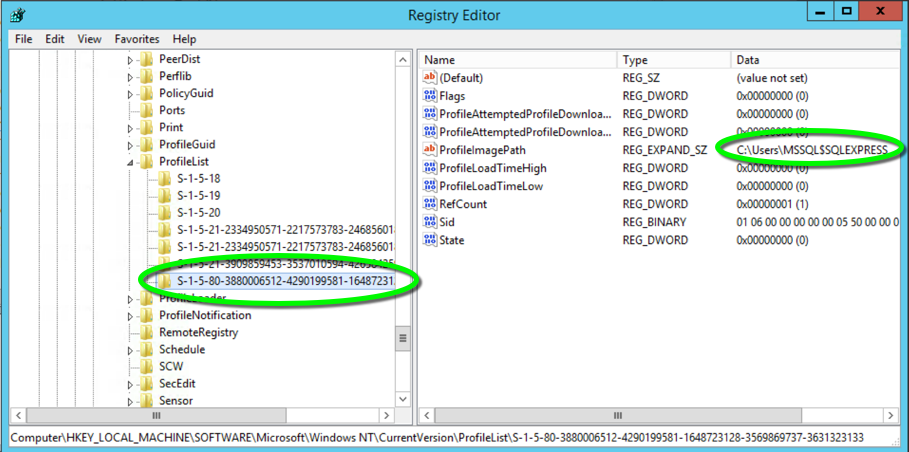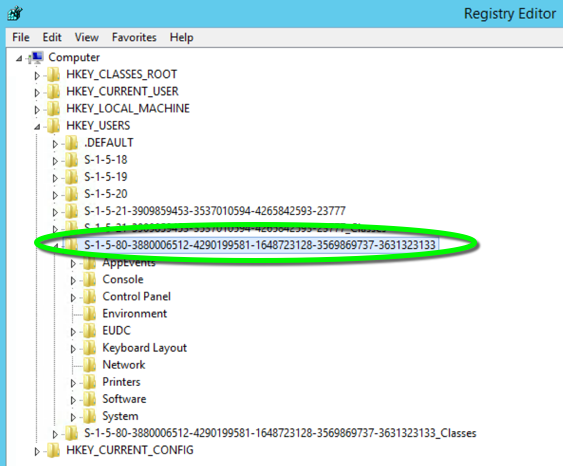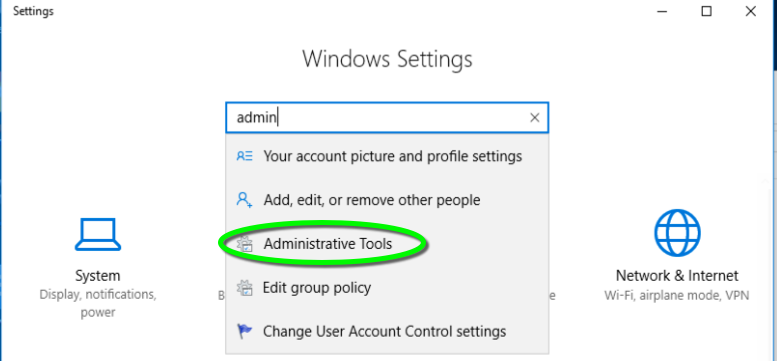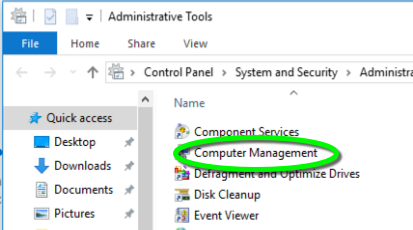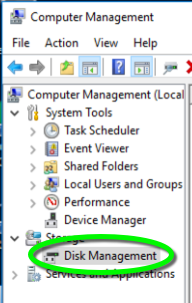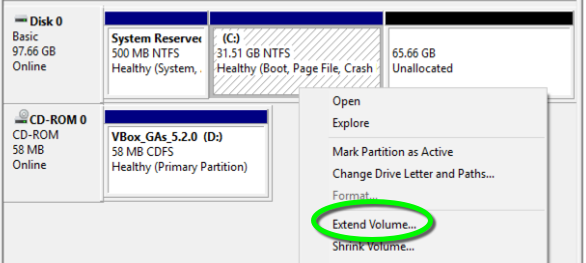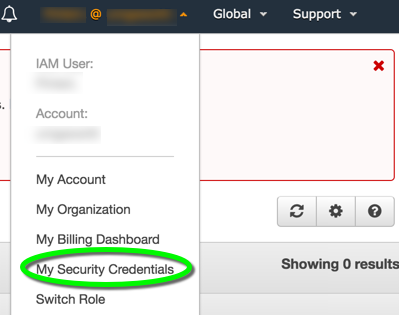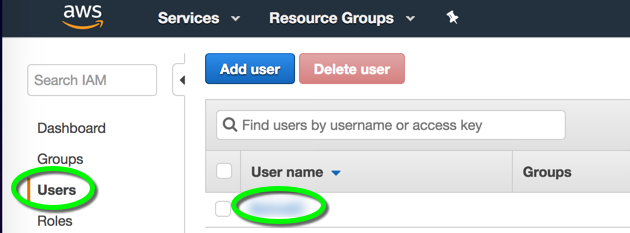AWS changed how Windows Server EC2 instances send messages during boot.
Windows Server 2012 R2 AWS EC2 instances sent the “Windows is ready” message every time those became available after boot.
When a Windows Server 2016 AWS EC2 instance launches, it only sends the “Windows is ready” message during the first boot. If you create your custom AMI with Packer, the first boot happens during the Packer AMI creation, so Chef Test Kitchen does not receive the expected message and the process times out with the message
>>>>>> Ran out of time waiting for the server with id [i-… to become ready, attempting to destroy it
EC2 instance <i-…> destroyed.
To configure Windows Server 2016 instances to send the expected “Windows is ready” message during every boot, add a PowerShell line to your Packer template that creates your custom AMI:
{
"type": "powershell",
"pause_before":"2s",
"elevated_user": "MY_ADMIN_USER",
"elevated_password": "MY_ADMIN_PASSWORD",
"inline": [
"C:\\ProgramData\\Amazon\\EC2-Windows\\Launch\\Scripts\\SendWindowsIsReady.ps1 -Schedule"
]
},
This code creates a scheduled task to execute the configuration script on the instance.
More information is at https://docs.aws.amazon.com/AWSEC2/latest/WindowsGuide/ec2launch.html#ec2launch-sendwinisready
